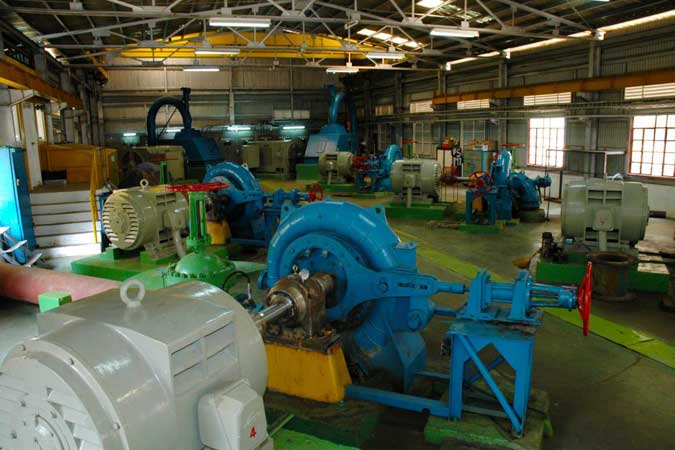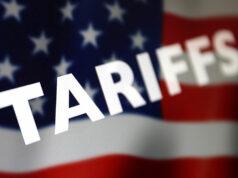PHL hydro capacity additions seen topping 1 gigawatt by 2030

THE PHILIPPINES is projected to increase its hydropower capacity by 1.1 gigawatts (GW) by 2030, with pumped storage plants accounting for more than half of the forecast total, the International Energy Agency (IEA) said in a special market report issued last week.
The Philippines is expected to add 0.5 GW from pumped storage plants; 0.3 GW from reservoir facilities and 0.2 GW from run-of-river hydro plants by 2030, the IEA said.
The Philippine estimates account for 7% of the expected hydro capacity additions in Southeast Asia for the period, expected at 15.30 GW.
In its report, the IEA said that global hydro capacity additions are expected to hit 1,555 GW by 2030, a 17% increase from the 1,330 GW in 2020.
“Over 2011-2020, hydropower capacity increased 300 GW and we expect 230 GW growth over 2021-2030 so it (will be) 23% lower than the growth in 2011-2020,” the IEA told BusinessWorld in an e-mail last week.
The organization said it expects slowdowns in project development in China, Latin America and Europe, though growth in the Asia Pacific region, Africa and the Middle East will partly offset the decline.
According to the IEA, hydropower is the “forgotten giant of low-carbon power,” with the renewable energy source accounting for one-sixth of global electricity generation, the third-largest source after coal and natural gas in 2020.
“Hydropower’s contribution is 55% higher than nuclear’s and larger than that of all other renewables combined, including wind, solar PV (photovoltaic), bioenergy and geothermal,” IEA said.
It added that emerging and developing economies have led the world’s hydro growth since the 1970’s due to public sector investment in large plants.
Last year, hydro accounted for 7% of power generated by the Philippines, the IEA said. — Angelica Y. Yang



